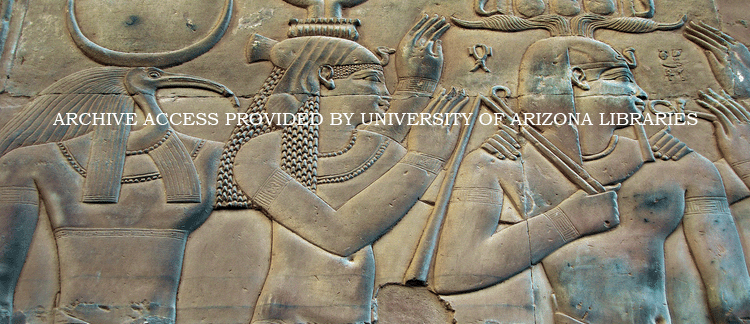Abstract
The 228 contextualized seals at Enkomi allow for detailed views into how Egyptian seal types were used in the Late Bronze Age (ca. 1650–1050 BCE) in one settlement on Cyprus. Over time the emphasis shifted from Egyptian seal rings and uncarved scarabs and scaraboids in tombs to Egyptianizing designs on Cypriot cylinder and conoid stamp seals that recalled the carved details on the bottoms of scarabs. On Cyprus, the most common seal shape was the cylinder, valued there and in the Near East for its inherent longevity of authority. The scarab, which as an amulet referencing regeneration, was similarly valued for its promise of long-term, continual renewal. People at Enkomi and elsewhere on Cyprus who sought changes in the authority represented by the cylinder seal experimented with the scarab as an acceptable and effective alternative model for crafting new tools of control at the end of the Bronze Age.
How to Cite
Smith, J., (2013) “From Egyptian to Egyptianizing in Cypriot Glyptic of the Late Bronze Age”, Journal of Ancient Egyptian Interconnections 5(3), 10-43. doi: https://doi.org/10.2458/azu_jaei_v05i3_smith
1018
Views
277
Downloads
